The 3D Printed Watches of Dutch Watchmaker Michiel Holthinrichs – Part 1, The Concept
Combining 21st-century technology and traditional, old-school watchmaking in a single piece.
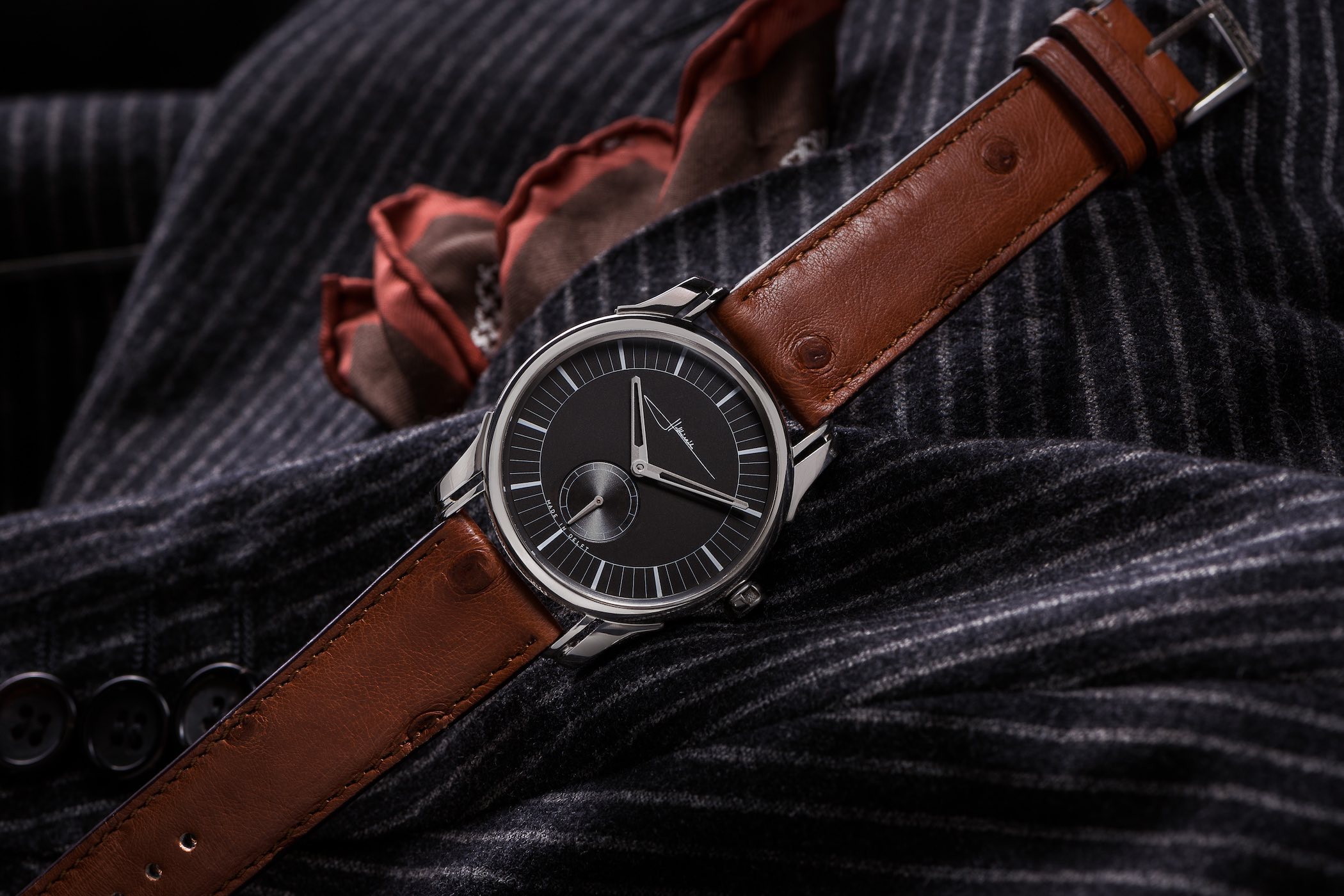
For centuries, people have relied solely on their hands to manufacture stuff. Everything from raw materials to finished products relied on manual craftsmanship and hard labour. Of course, the industrial revolution changed all of this, with the rise of machine-controlled production – and the same goes for the watchmaking industry. The goal of precision timing, the exclusive domain of master craftsmen of yesteryear, eventually moved into laser-guided, machined watches. Today, we might well be on the brink of a new revolution: 3D print watchmaking. We dive into the world and mind of Michiel Holthinrichs, a young Dutch pioneering watchmaker.
Let me clarify from the start that this story is all about mechanical watchmaking and traditional craftsmanship. We, at MONOCHROME, focus on that, and that alone. Although MONOCHROME is dedicated to the fine crafts and artisanal watchmaking, it doesn’t mean we ignore industry developments and the rise of new technologies. We’ve ventured into the world of 3D printing before, with stories like the 3D printed cases Vortic Watch Co. uses in its watches, and three years ago I had already written about 3D printed dials by ALB Watches.
Upon visiting the newly opened Holthinrichs Atelier in Delft, I learned that Dutchman Michiel Holthinrichs is not your typical watchmaker with years of formation in Switzerland. Being the son of an artist and automotive engineer, he was brought up in the perfect environment to become a watchmaker. His creative spark, fueled by his upbringing, led to a love of architecture and aesthetics. From a young age, he started sketching, learning about proportions, perspective, aesthetics and the intriguing attraction a simple mix of lines or a small detail can hold.
A degree in architecture from the world-renowned Delft University of Technology followed, which developed his skillset with a focus on the role of ornaments: the smallest details that can make architectural marvels really stand out. Simply put, an ornament is a symbolic or artistic expression of the creator to put his mark on a design or to finish something in a spectacular fashion.
Besides his love of architecture, Michiel explained that he has always been fascinated by engineering and fine mechanics, a common starting point for most watchmakers. Taking stuff apart, seeing how something is built and then (trying) to put it back together without leftover parts and in working order. This evolved into a love of watches and watchmaking.
Stepping into his atelier in Delft is like taking a step back in time. Situated in the old city centre of Delft, the surroundings are befitting of a man and a brand built upon the essence of architecture. The old floors, the old workbenches and furniture, the stacks of sketchbooks and watchmaking tomes along with the vintage watch equipment and tools make it a fascinating place.
Talking to him, one thing becomes apparent. This is a man with a true passion, with a solid idea in his head working its way out through his sketches, and a firm conviction of the possibilities 3D printing can offer to watchmaking.
The entire process that goes into the design, prototyping, finishing, testing and adjusting, and finally making it to a finished product, took about two years in total. From the very first idea to the very first watch to be delivered to a client, Michiel underwent a process of trial and error, challenging suppliers and partners to push the envelope.
To understand the challenge of using 3D printed parts, it is essential to understand 3D printing in the first place. Normally a case is constructed by stamping it out of an ingot, by turning a block of material and shaving it down on a lathe or by cutting it by hand or machine and then soldering some lugs on it. I know, I make it sound easy, but it is still a delicate and precise job.
3D printing works very differently though, and uses powdered steel and laser to shape the case. A design is uploaded into a computer-guided printer, which in turn holds a block of powder. A laser melts the powder layer by layer at a quarter of a millimetre at a time, until you have a fully printed case, or case back ring, or whatever it is you are printing.
The problem is that you can’t simply position the case flat on the printing pad. There is a point during the slow construction process when it becomes too heavy provoking a shift in the powder and resulting in a useless piece. Another big issue is heat remittance. There are sections on the case, for instance, that are so delicate, and within such a small margin of error, they burn up with the heat the laser generates if it cannot disperse it. To find a way around it, Michiel and the people who print his cases, print the parts with supportive struts so they don’t move or burn up in the process.
These struts are then cut off before the actual finishing process starts. The process of finishing parts is a tedious one, with sandblasting and hand polishing to reveal the full potential of these parts. One of the drawbacks of 3D printing is that the material doesn’t end up with a smooth surface. It is a little abrasive, a little rough. But, as a true architect, Michiel has taken this rough finish and elevated it to a key element of the design of his watches. It is this perfect mix of highly polished surfaces and rough areas that showcase the 3D printing. It is almost a contradiction to create a watch like this since the tolerance in parts is close to zero and 3D printing is still some margin off when it comes to precision. All this has to be taken into account. This is not an easy way to do things. This takes vision and determination.
The design of the Holthinrichs Ornament 1, extensively reviewed in a follow-up story, is executed with 3D printing in mind. Details that are nearly impossible to replicate by hand, certainly not at a competing price level! Take for instance the placement of the logo, inside the caseband. A detail that is perhaps possible to do by a skilled engraver, but with serious repercussions in the cost. Another detail is the placement of the lugs, which seem to be separately machined and sandwiched in the edge but which, in reality, are a solid part of the case. More on those touches in the review, but it is a testament to how challenging and how much thought has gone into the concept of the Holthinrichs Ornament 1.
I find it amusing to see the history of watchmaking and architecture paired with cutting-edge tech like 3D printing. And yet, it really works well, it results in a superbly interesting watch with a real story to tell and an impressive first creation by this youngster.
And if you take one thing away from this introduction to Michiel Holthinrichs, his eponymous brand and the Holthinrichs Ornament 1, it is this; the 3D printing in this watch is far from a gimmick. It isn’t the “party-piece” of the watch. It is built and designed along traditional design codes and vintage aesthetics. It is a classic watch, with modest dimensions throughout, aided by the properties of a 3D printed case. And thankfully, NOT the other way around.
More details on holthinrichswatches.com and here’s a link to Part 2 -> the review of the watch Ornament 2

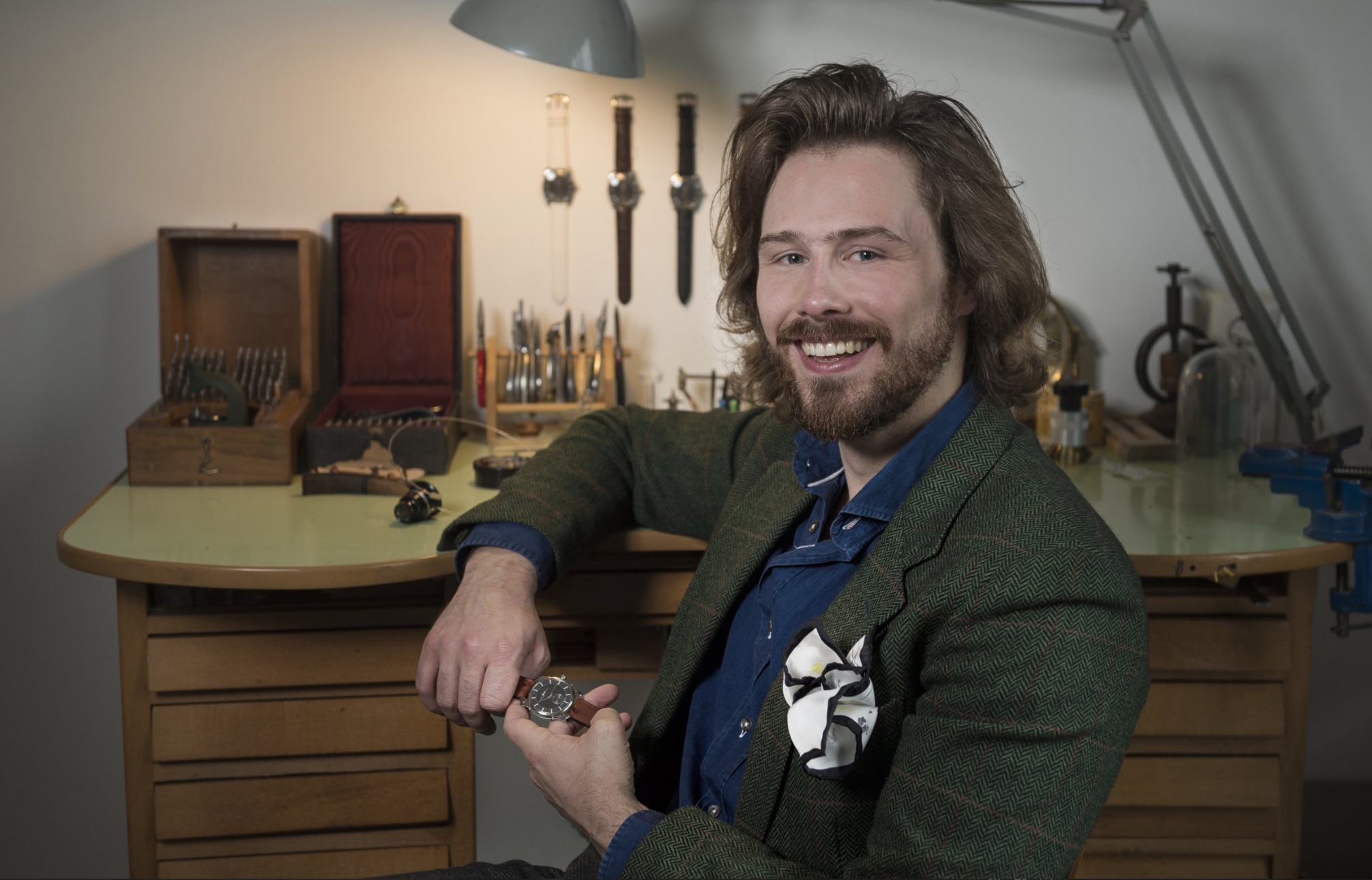
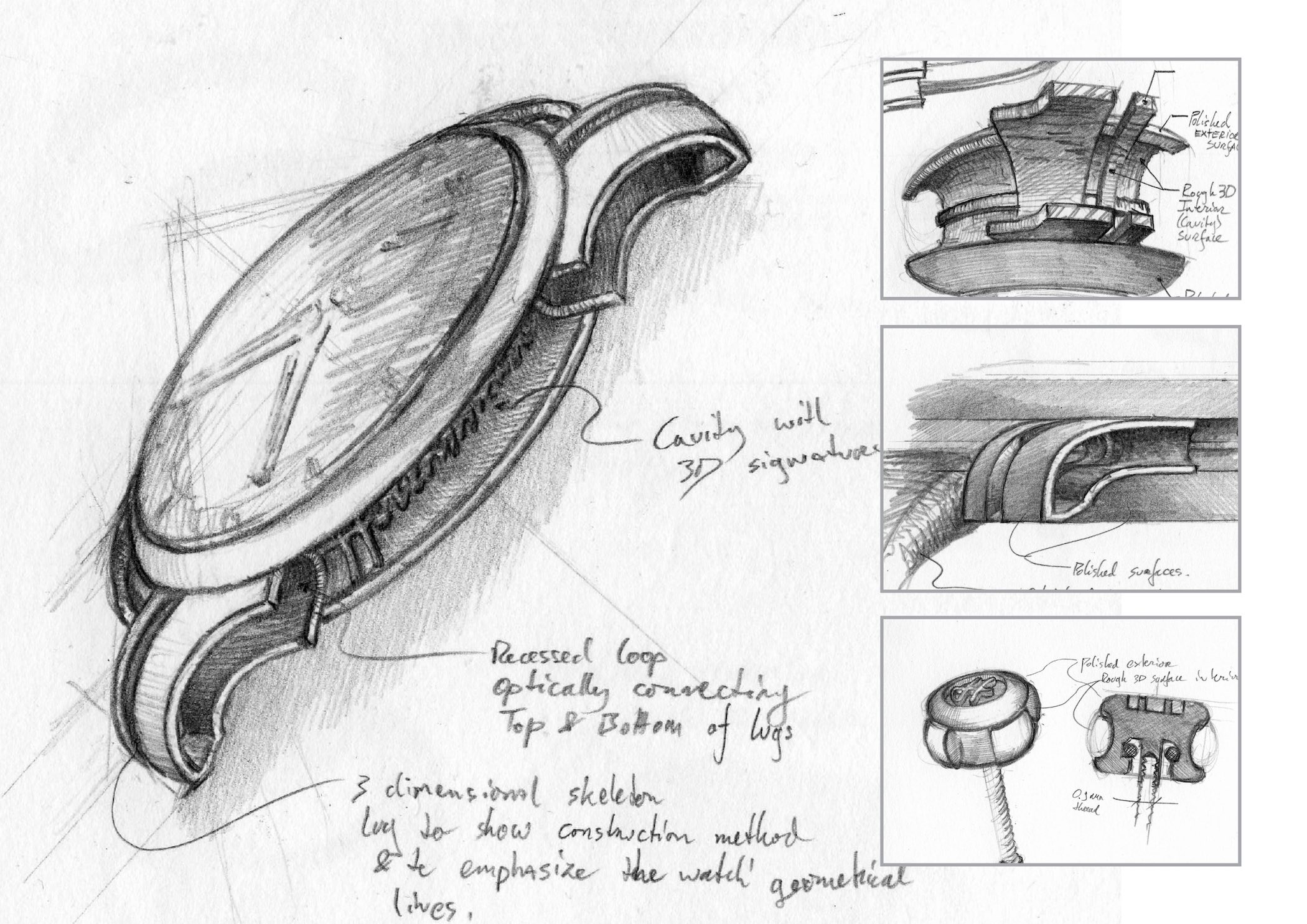
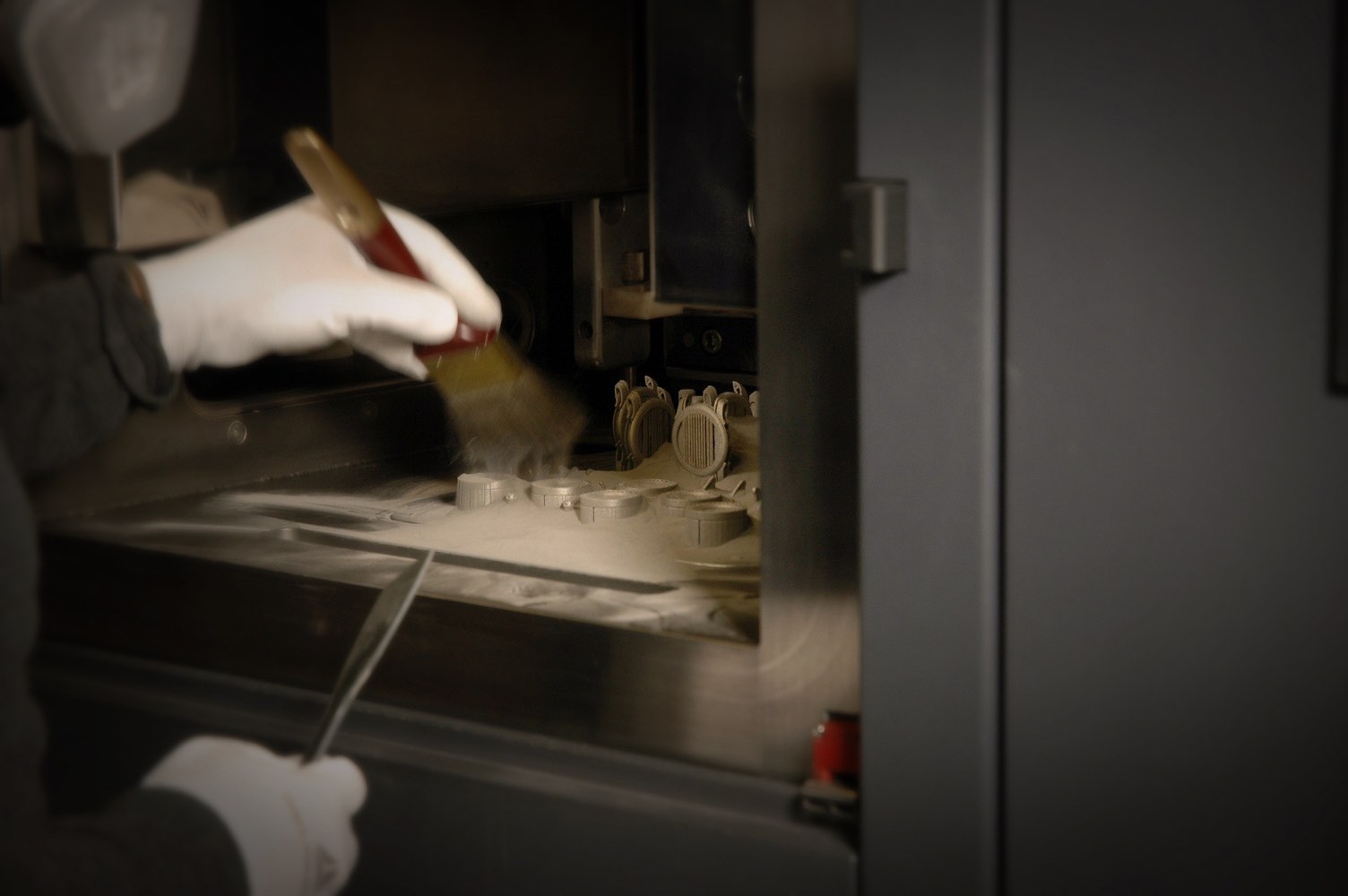
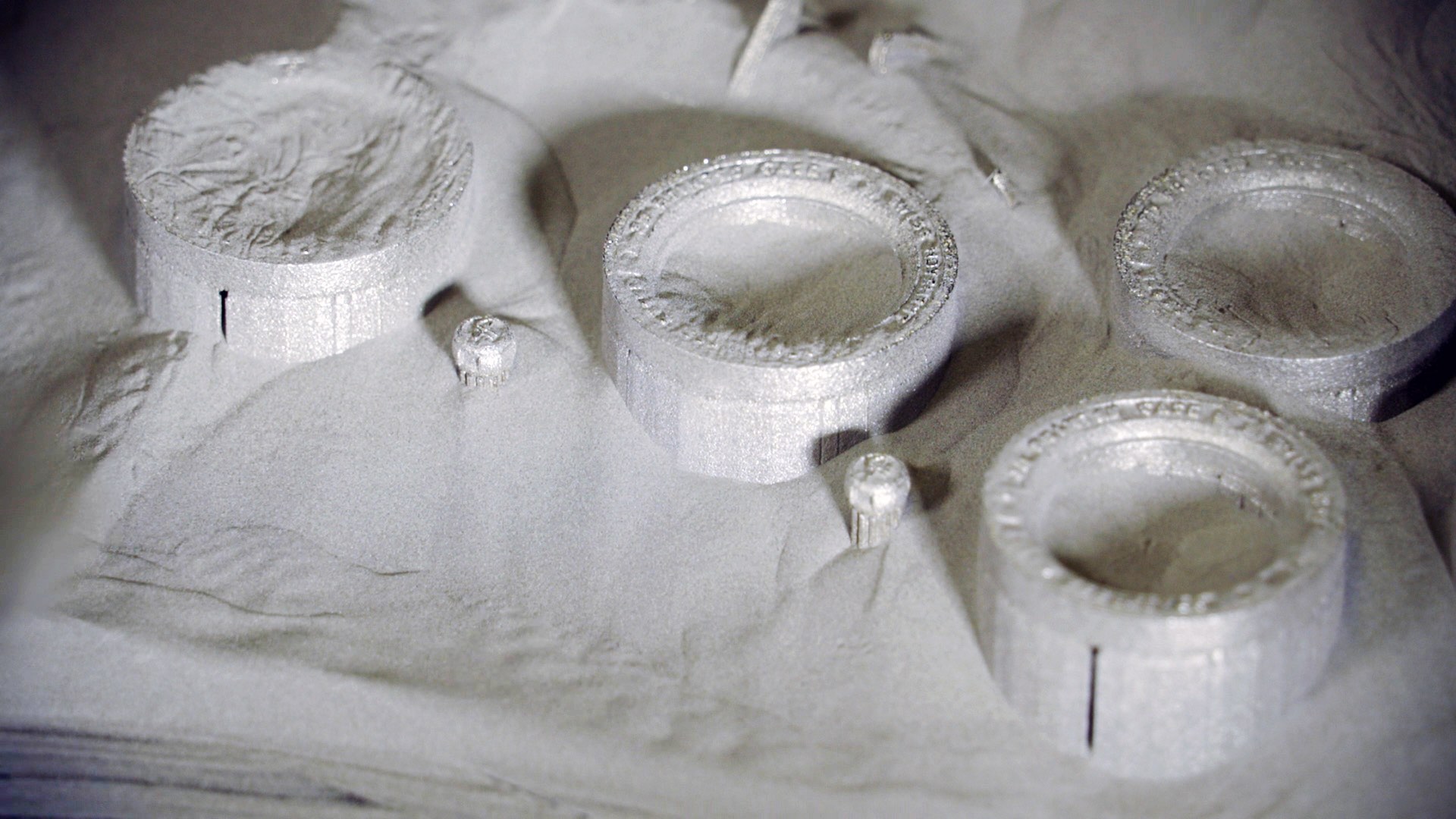
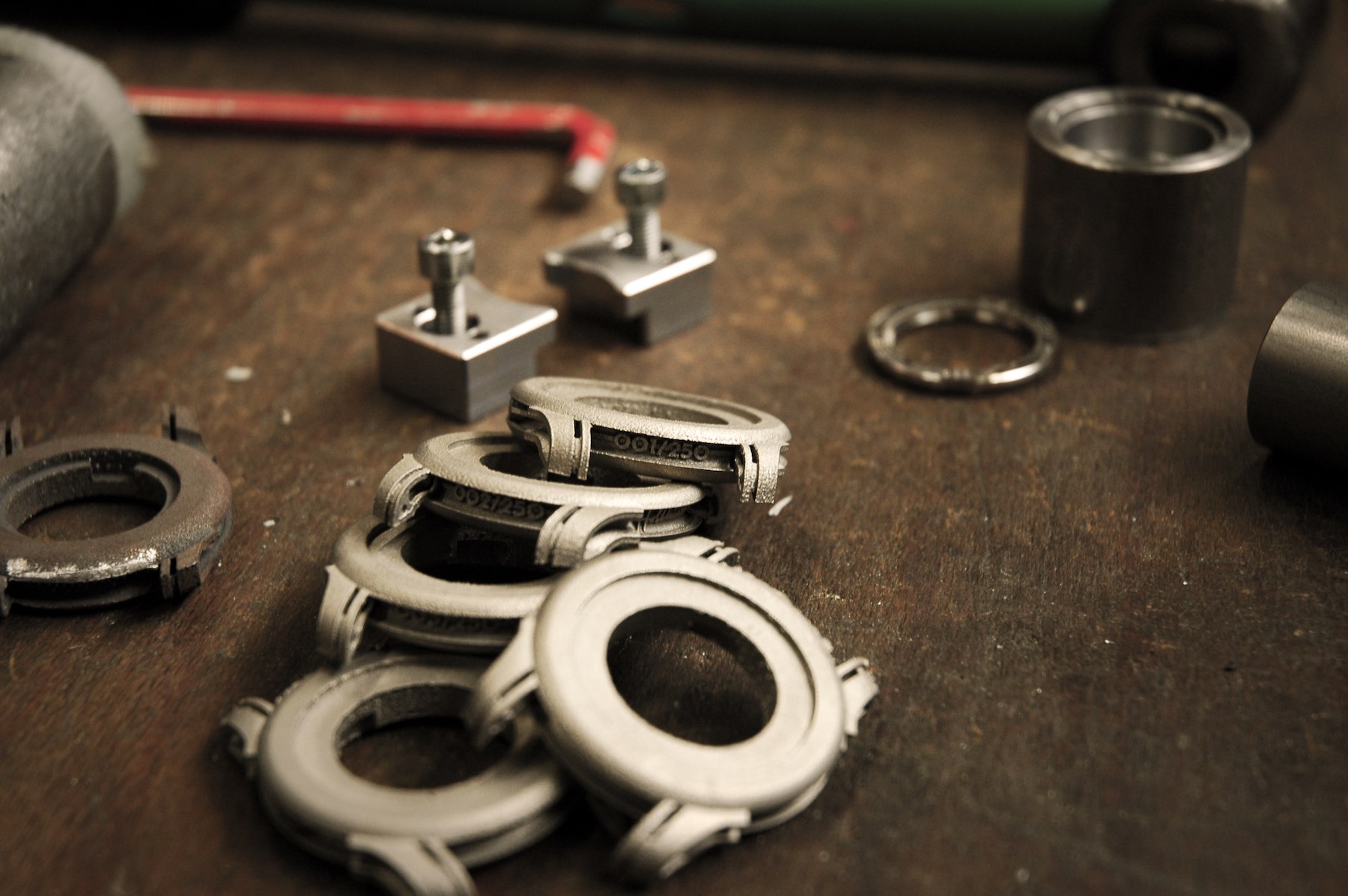
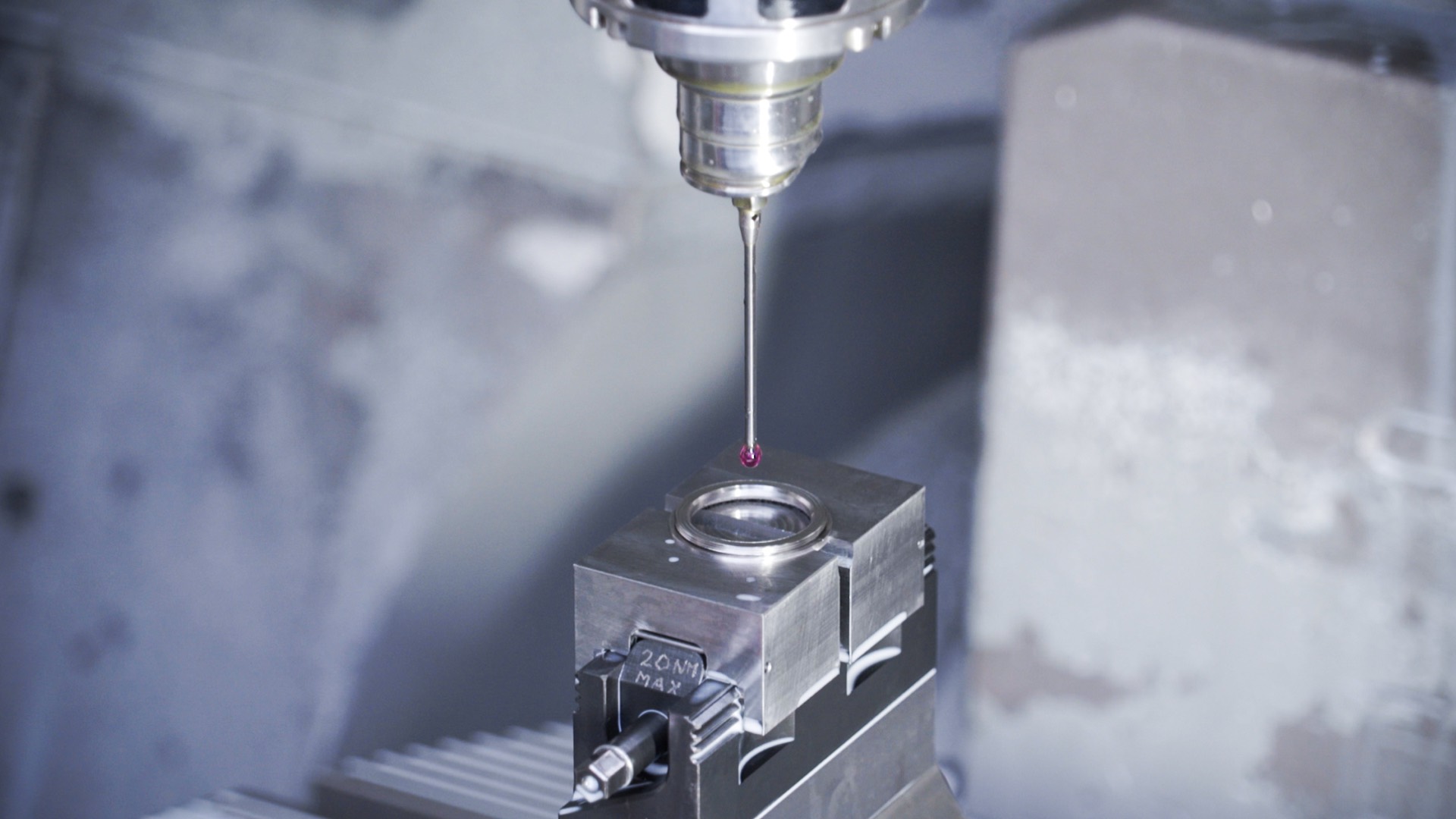
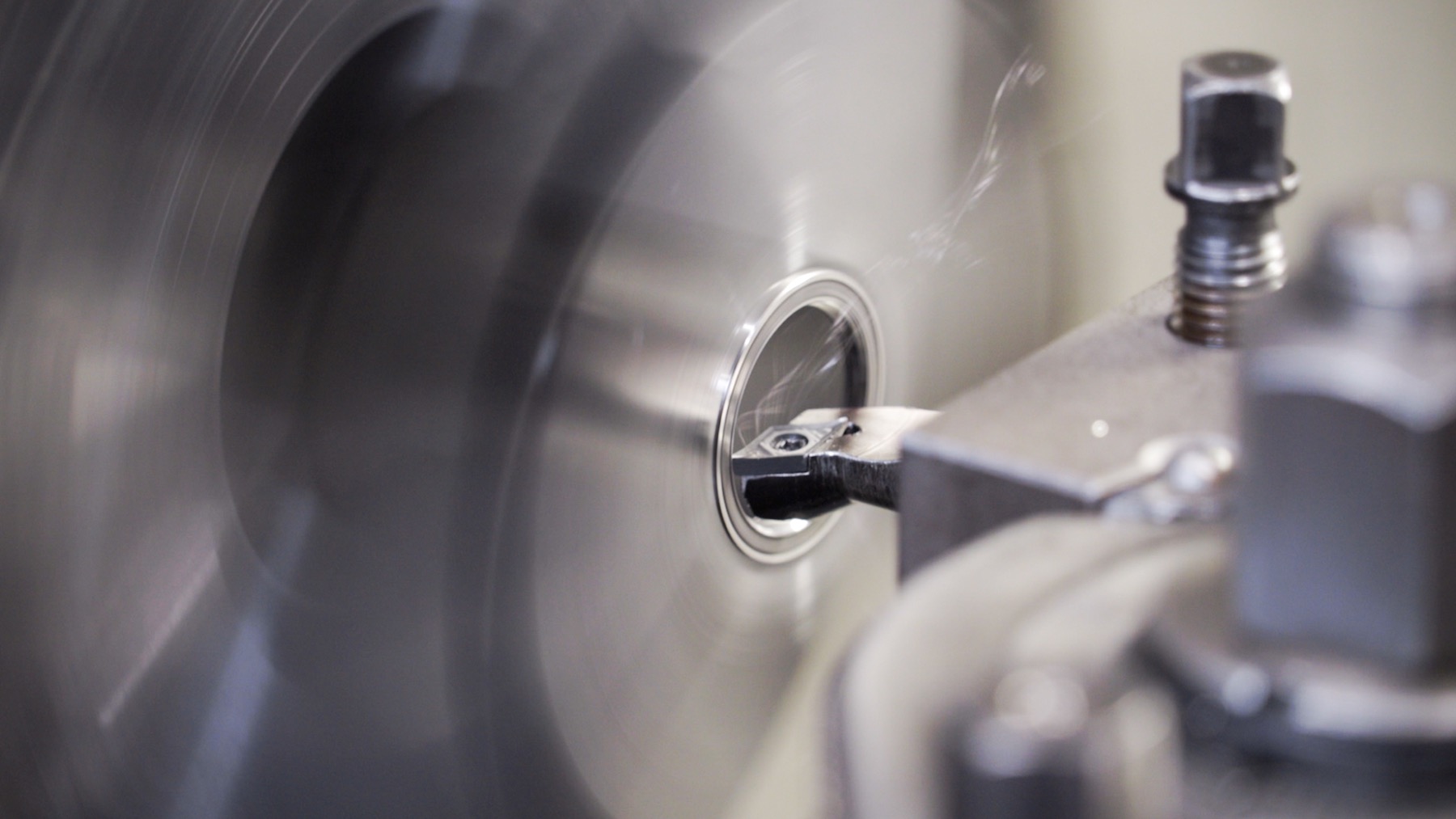
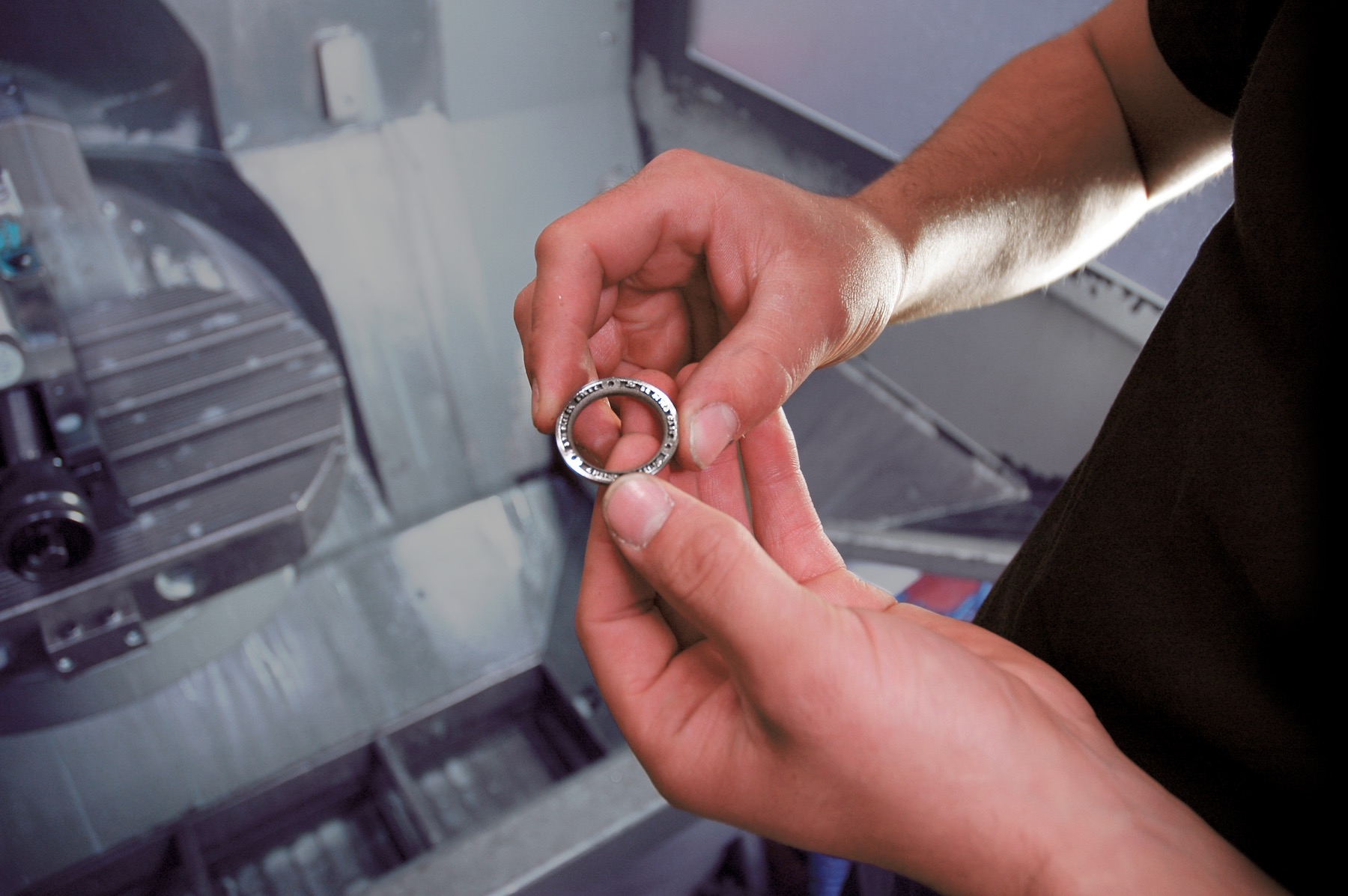
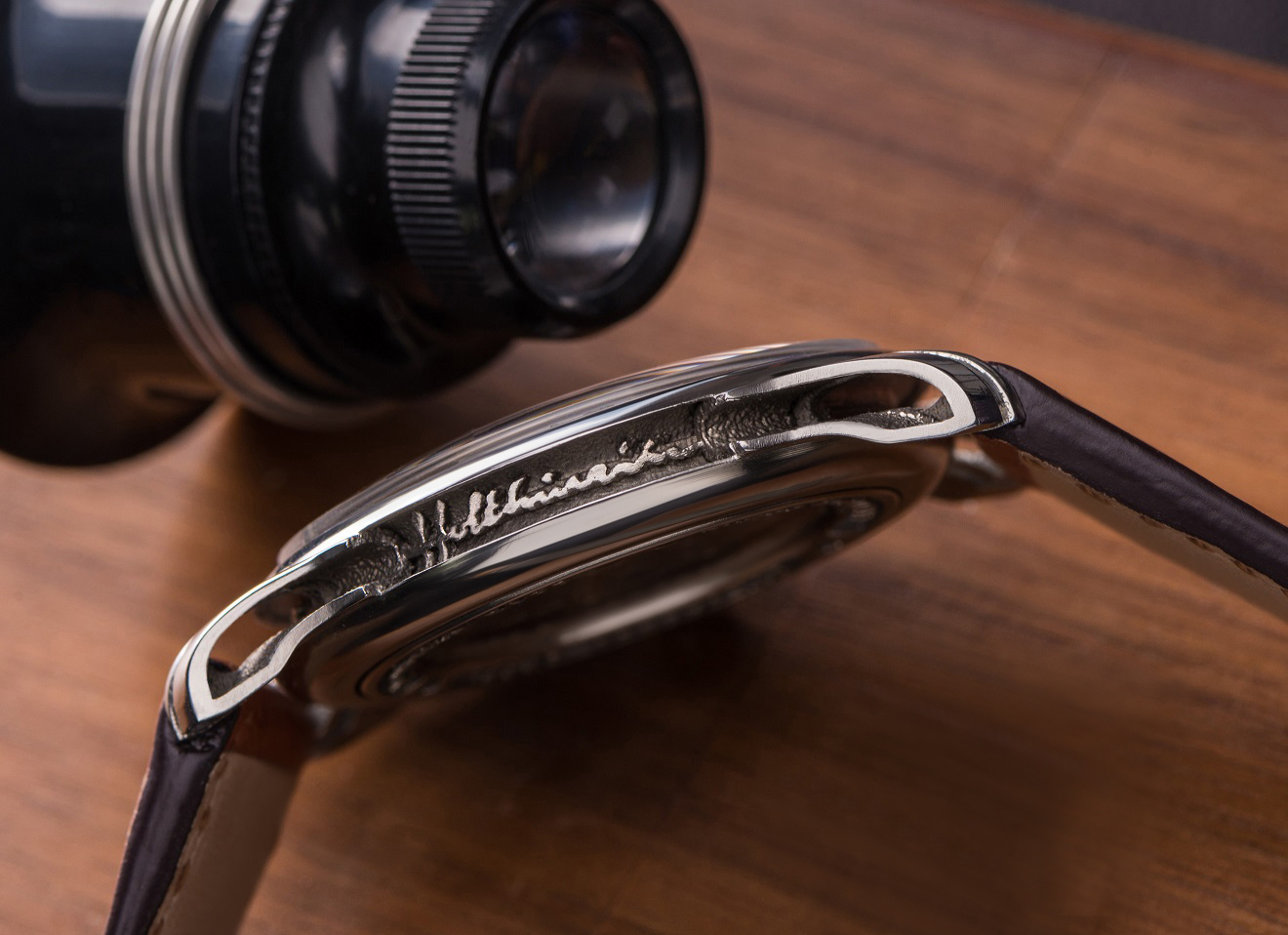
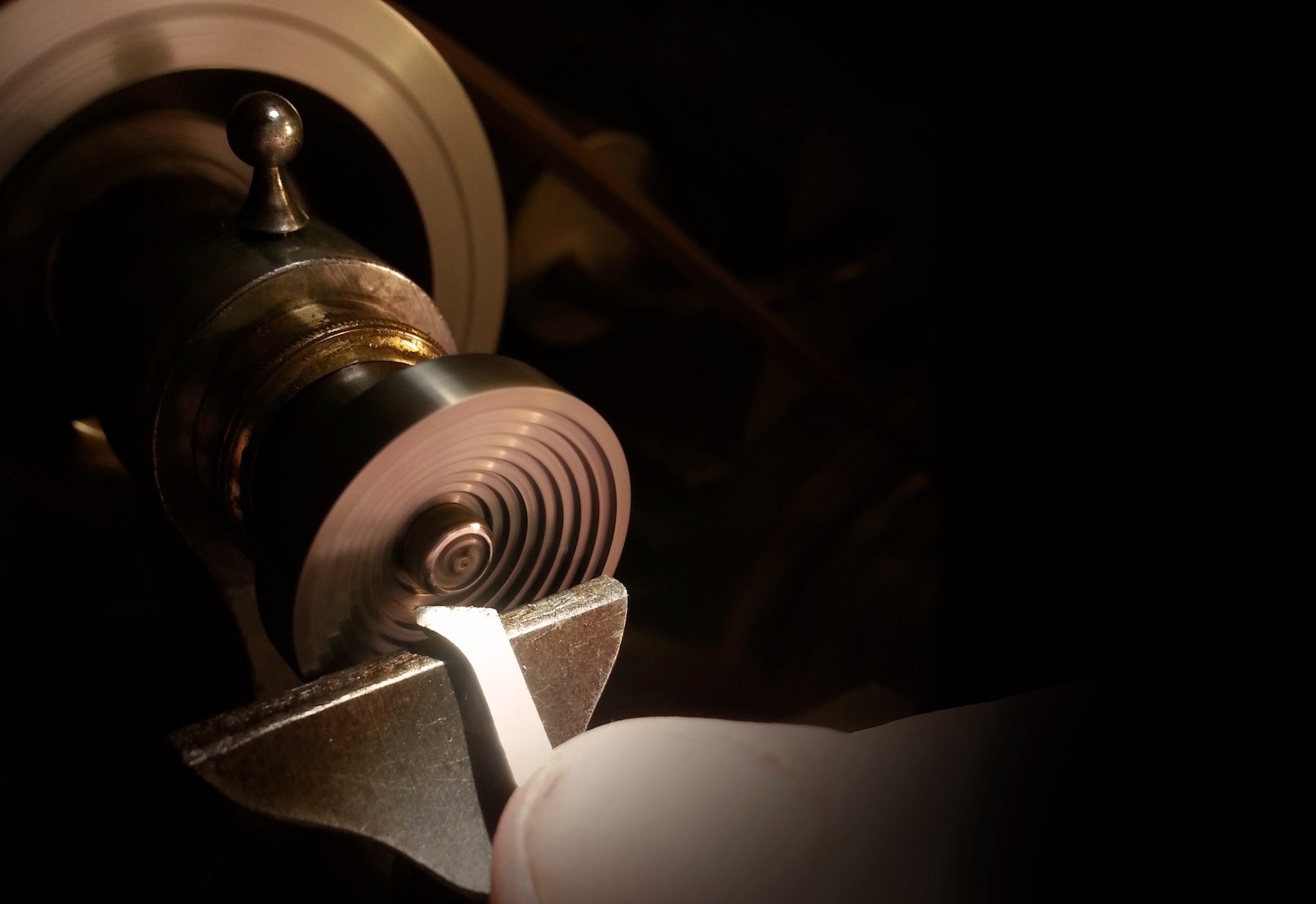
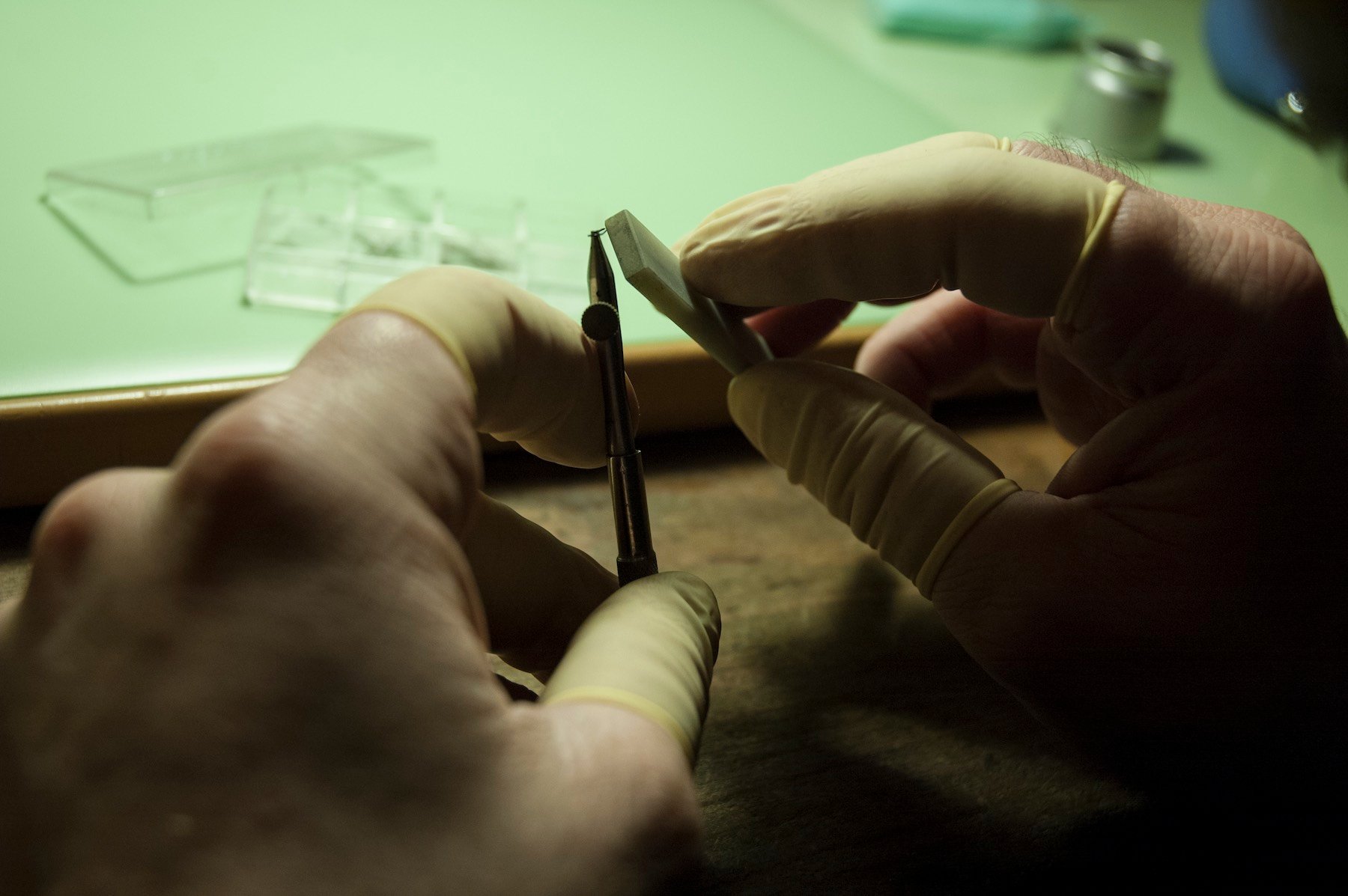
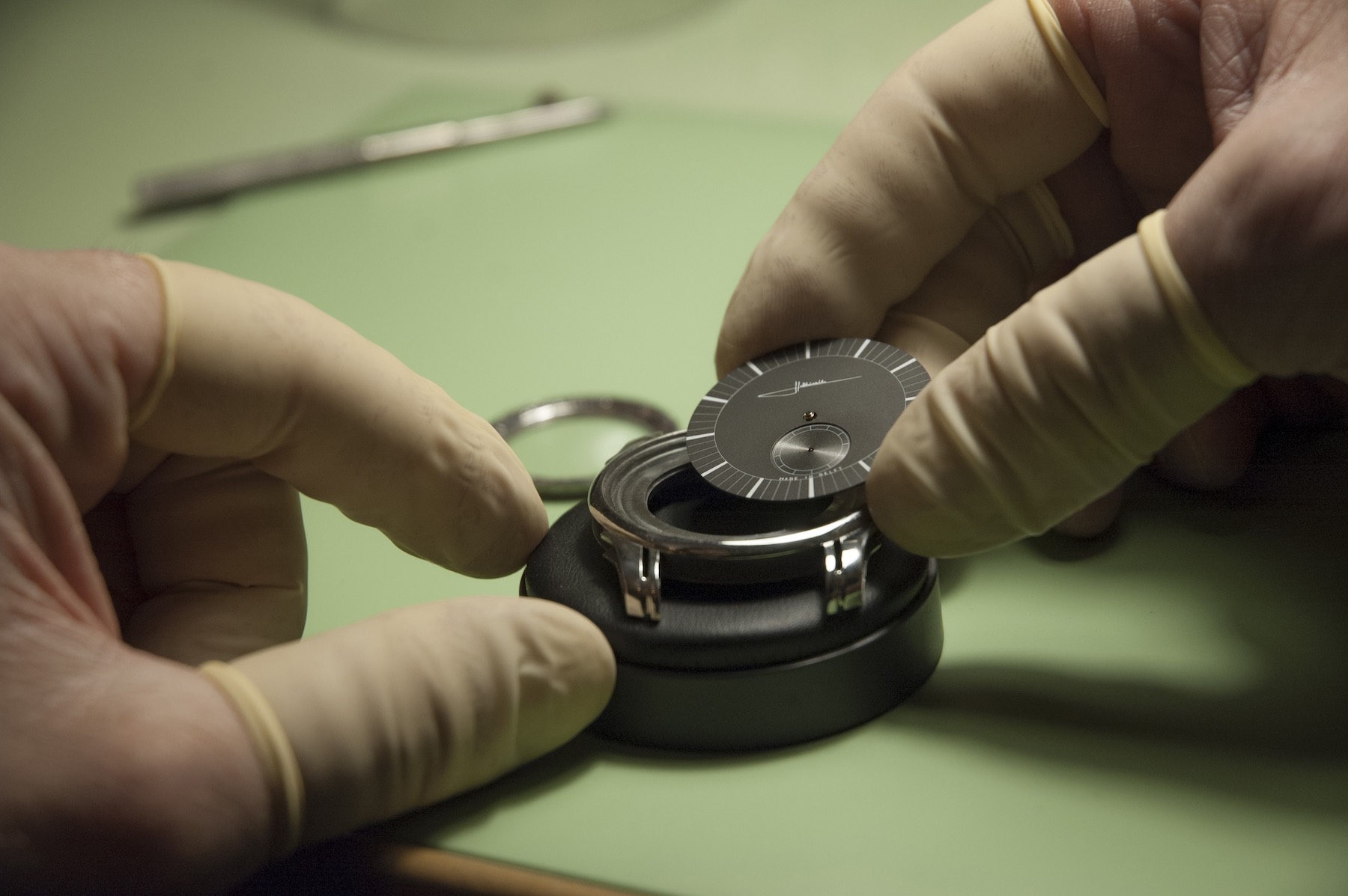



4 responses
very interesting article. I wonder what the economies of scale are to ensure if you have a case design, it would be a profitable enterprise to get it 3d printed? How far away are the big watch manufacturers ready to jump on board? Probably not anytime soon based on the investment in their current equipment they have already. Is this much of a disrupter? Or a one off? We live in interesting times.
The Delfts Blue version is a stunner. Thanks for reviewing! Looking forward to part 2…
dont see the sense in this unless your just going to be making one offs, way to expensive (material cost alone is crazy) and slow. 3D printers are often called rapid prototype for a reason.
Will be interesting to see your watch review. Upon seeing the watch details on his website, I was surprised by a number of the choices he made — e.g., why did he choose to use a plexiglass crystal on the dial side, but sapphire on the backside? The price also seems high for a watch with movement and components produced at the levels chosen. And finally, it seemed you were implying at the opening of your article that the entire watch was 3-D printed, but this is just the case, so clearly he did find other craftsmen across Europe to take care of all the components (movement, hands, dial, etc.), so this doesn’t seem to be anything new in terms of 3-D printing if others have done cases before. Ah, but let me hold off from further critique and see what you’ve learned about it in your review tomorrow.